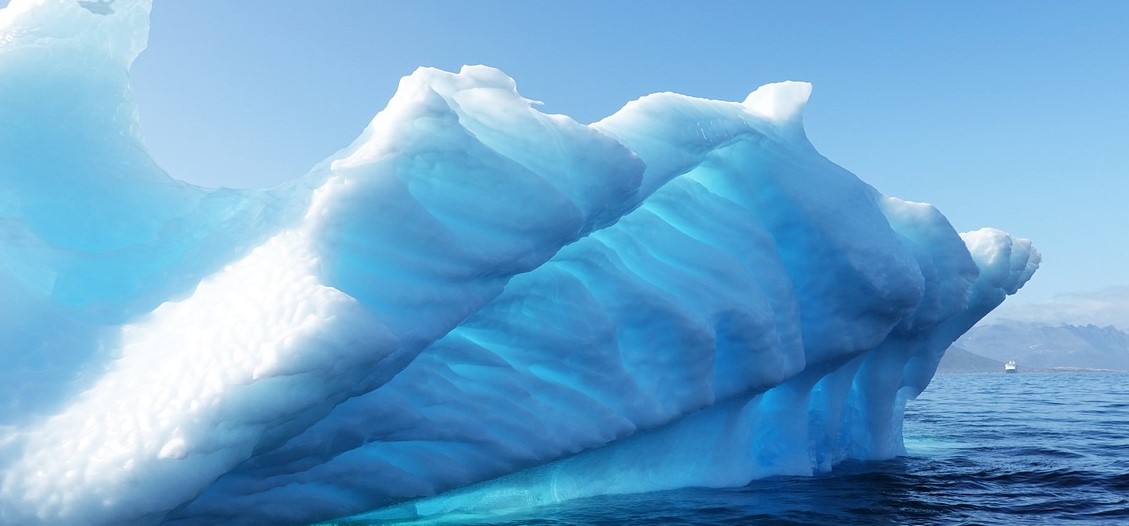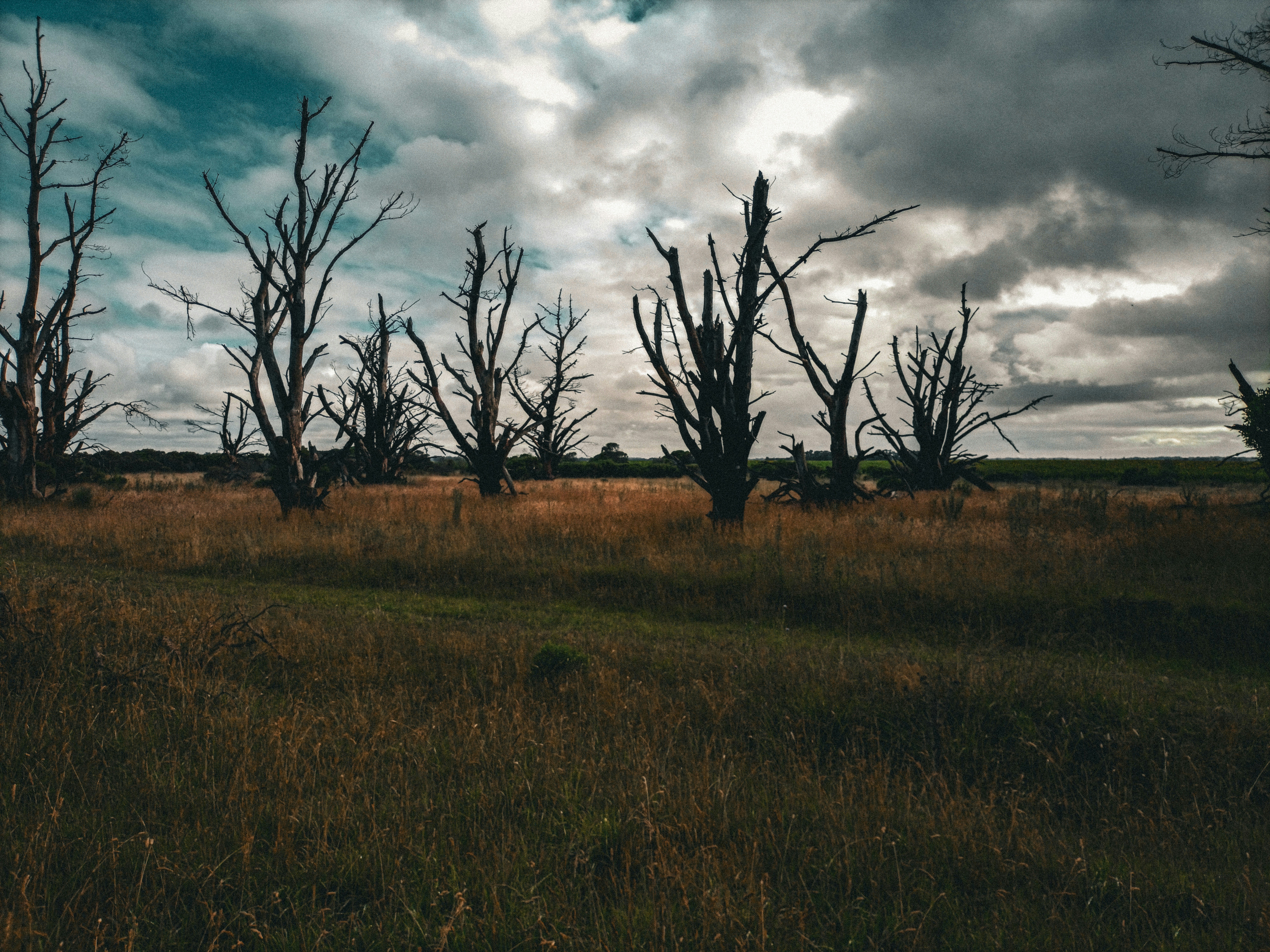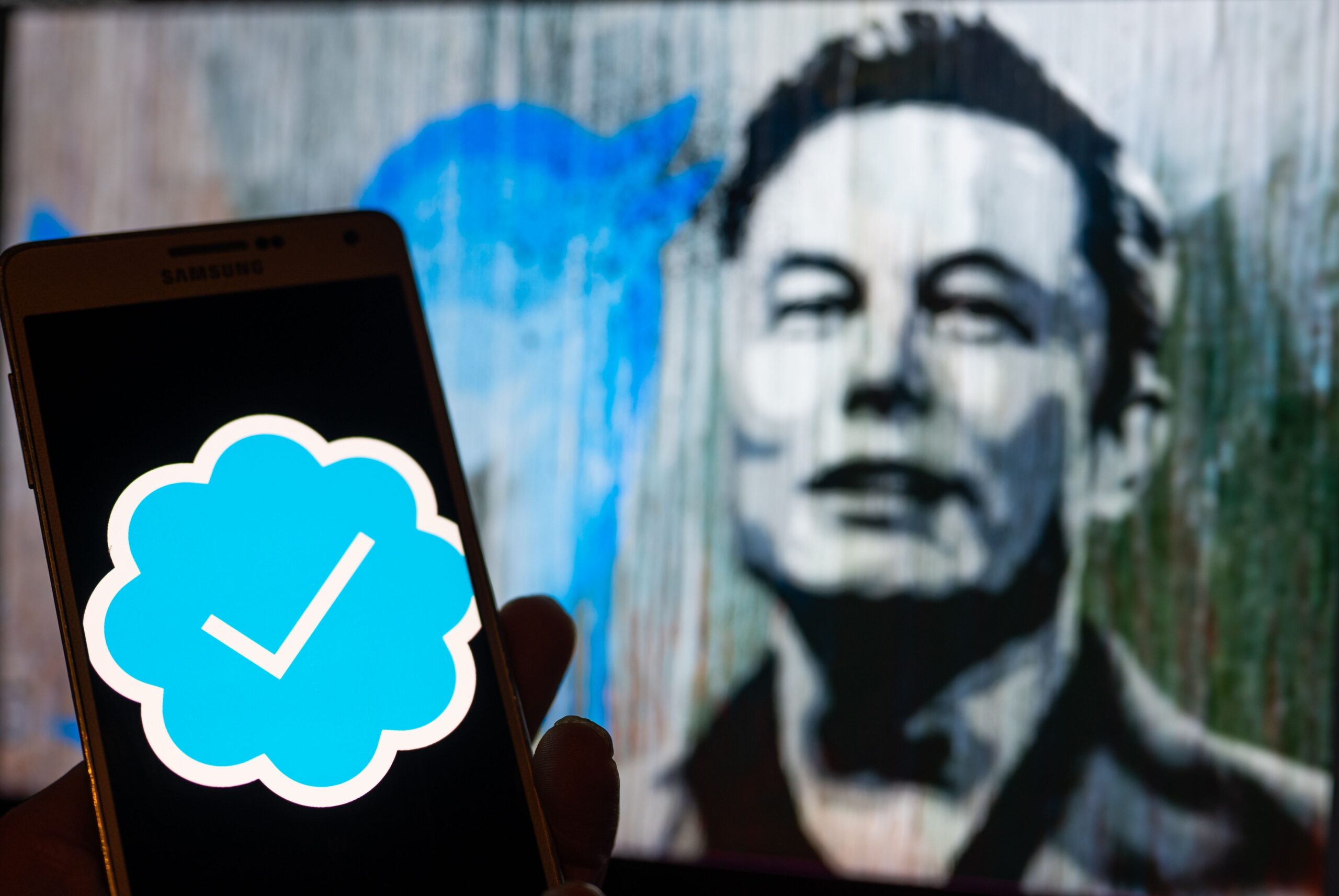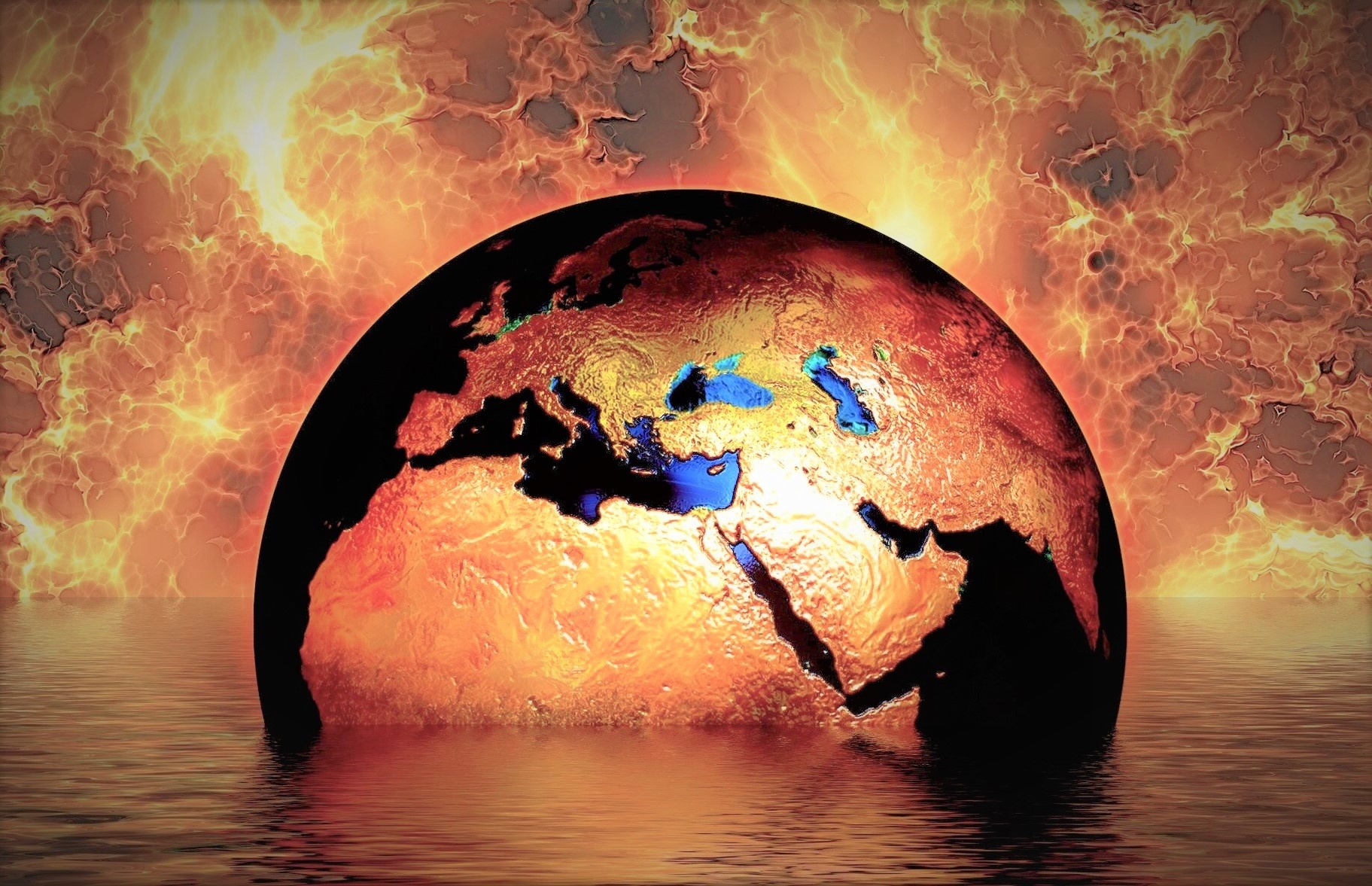
How The Shadow ‘Dark Roof’ Lobby Is Heating Up Our Cities

4 Easy Ways to Make Fighting Climate Change a Part of Your Holiday Traditions

The Rise Of Greenlash: Willful Ignorance or Pure Greed?

The Myths Behind Protest Movements

Does ‘Going Green’ Really Help the Environment?

8 Places That No Longer Exist Due to Climate Change

For the Love of God, Stop Letting Elon Musk Near Public Transit!

Debate Night: Elon Musk, Jeff Bezos, Bernie Sanders, and the Earth Vs. Space Question

What You Need to Know About the Senate Filibuster

